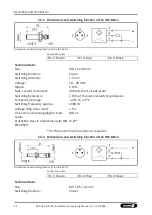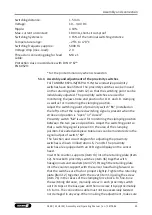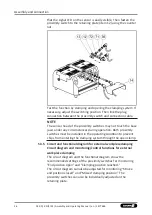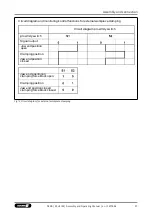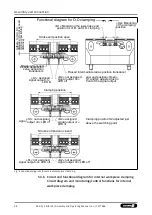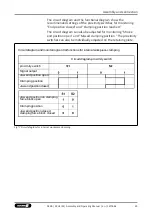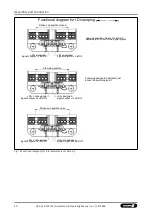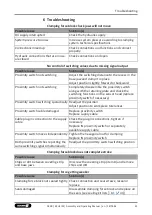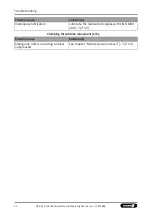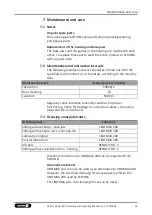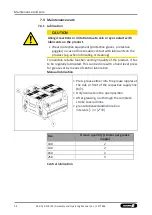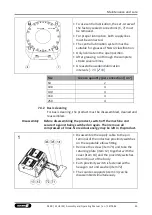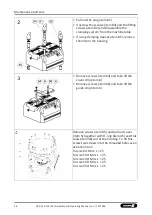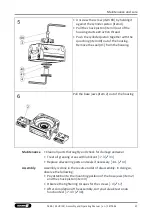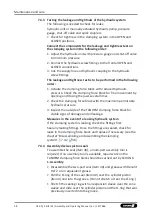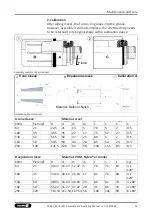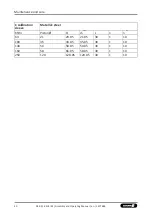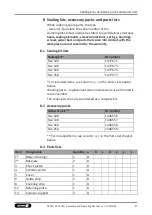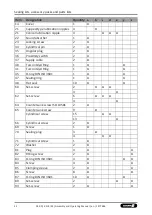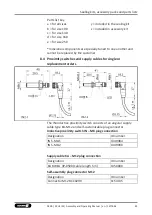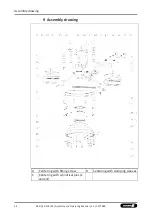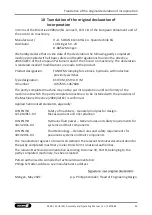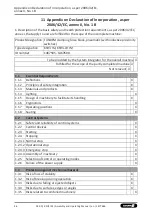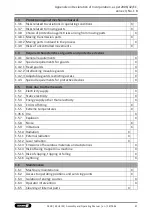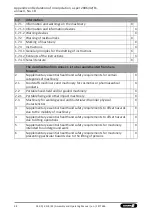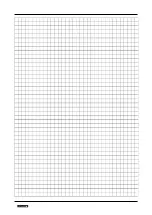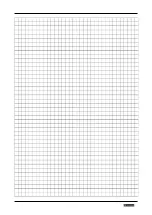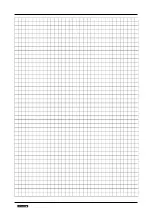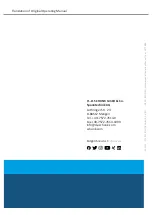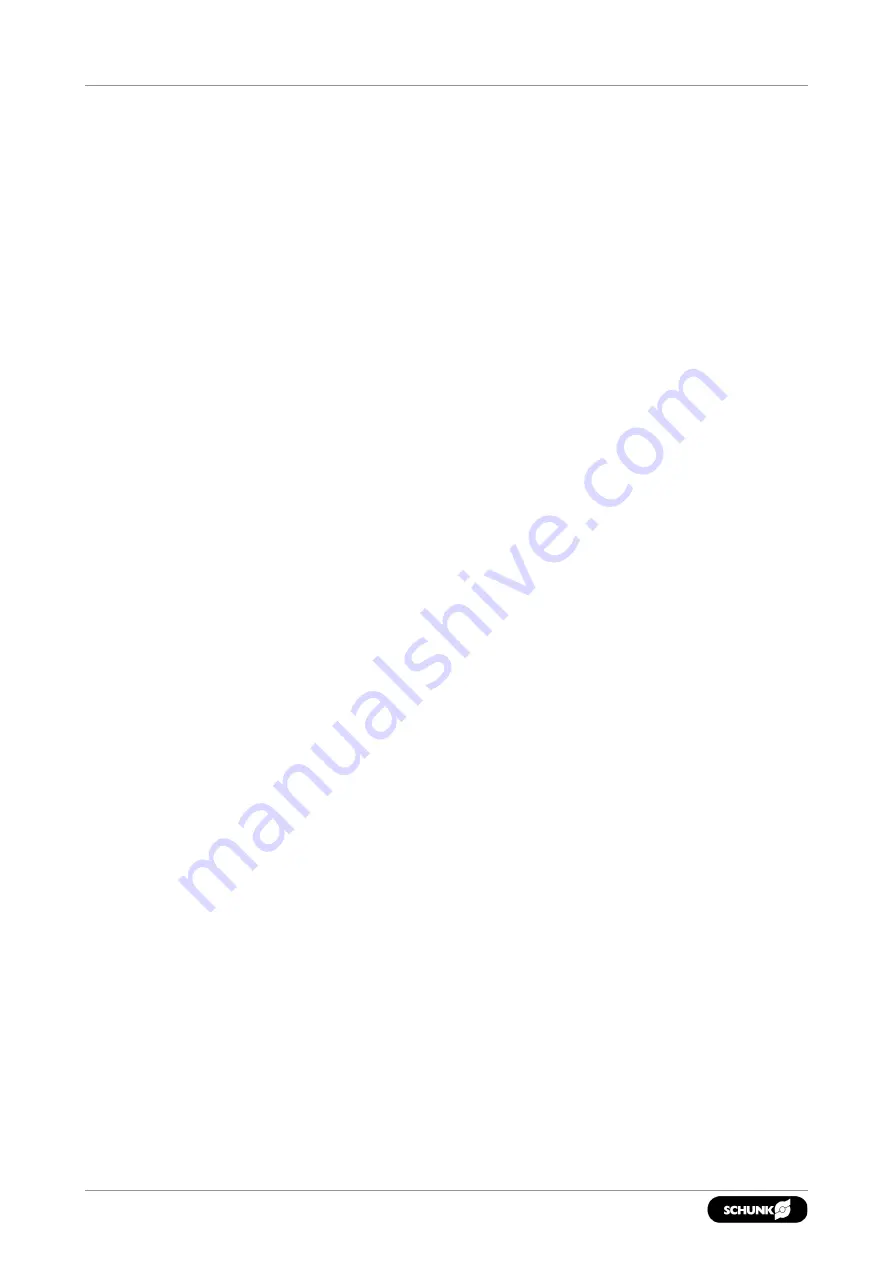
38
02.00 | KSH3 IM | Assembly and Operating Manual | en | 1477686
Maintenance and care
7.4.3
Testing the leakage and tightness of the hydraulic system
The following is needed to check for leaks:
hydraulic unit or manually actuated hydraulic pump, pressure
gauge, shut-off valve and quick couplers.
•
Check for tightness in the clamping system in the OPEN and
CLOSED positions
Connect the components for the leakage and tightness test on
the clamping system in the following order:
1.
Adjust the hydraulic unit with pressure gauge and shut-off valve
to minimum pressure.
2.
Connect the hydraulic screw fittings to the frontal OPEN and
CLOSED connections.
3.
Link the supply line and hydraulic coupling to the hydraulic
screw fittings.
The leakage and tightness test is to be performed in the following
order:
1.
Actuate the clamping force block with reduced hydraulic
pressure. Check the clamping force block for free movement by
opening and closing the jaws several times.
2.
Check the clamping force block with the maximum permissible
hydraulic pressure.
3.
Inspect the outside of the TANDEM clamping force block for
visible signs of damage and oil leakage.
Measures in the event of a leaking hydraulic system
If the clamping system is leaking, check the fittings first.
Seal any leaking fittings. Once the fittings are sealed, check for
leaks in the clamping force block and replace if necessary (see the
chapter "Disassembling and assembling the clamping
7.4.4
Assembly devices piston seals
To assemble the seal (item 40), a multi-part assembly tool is
required. If no assembly tool is available, repair work on the
TANDEM clamping force block should be carried out by SCHUNK.
1.
Assembly
•
Disassemble the two-part seal (item 40) and grease with Renolit
HLT 2 or an equivalent grease.
•
Pull the O-ring of the seal (item 40) over the cylinder piston
(item 4) and into the groove. (Do not stretch or tear the O-ring.)
•
Stretch the sealing ring with an expansion sleeve over the cone
sleeve and slide over the cylinder piston and the O-ring that was
previously inserted into the groove.

